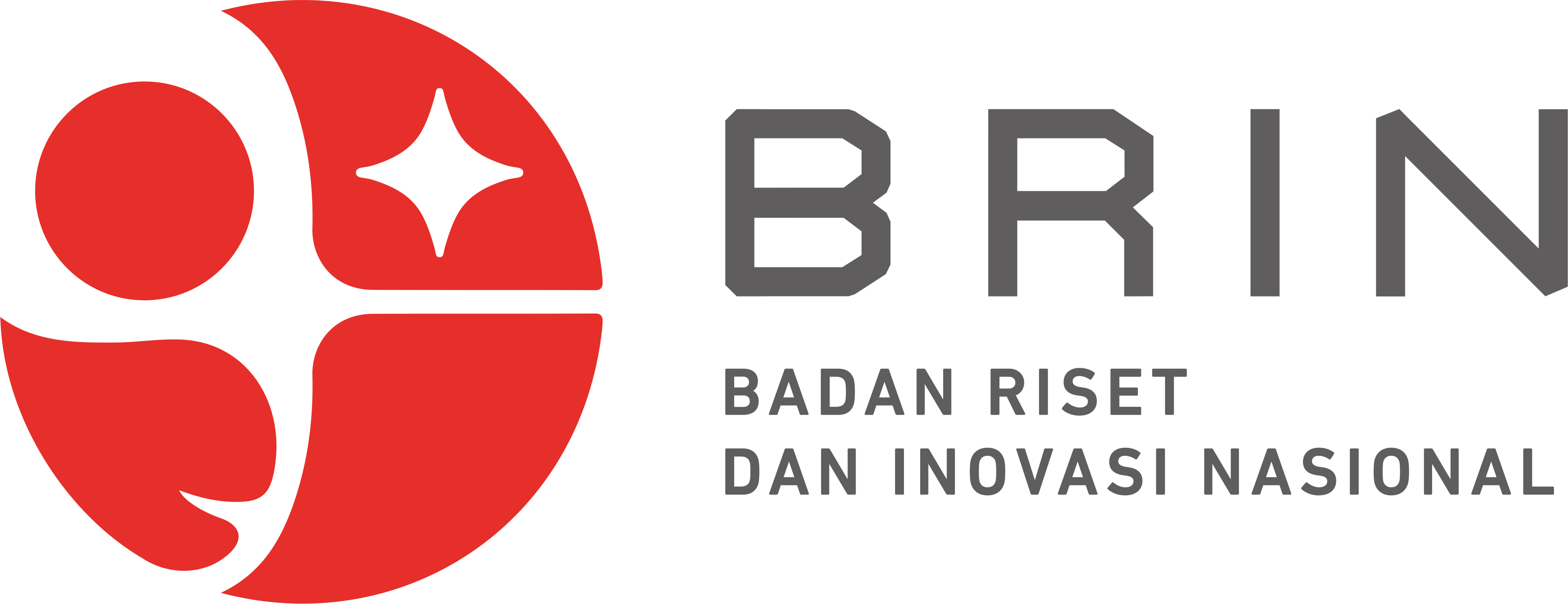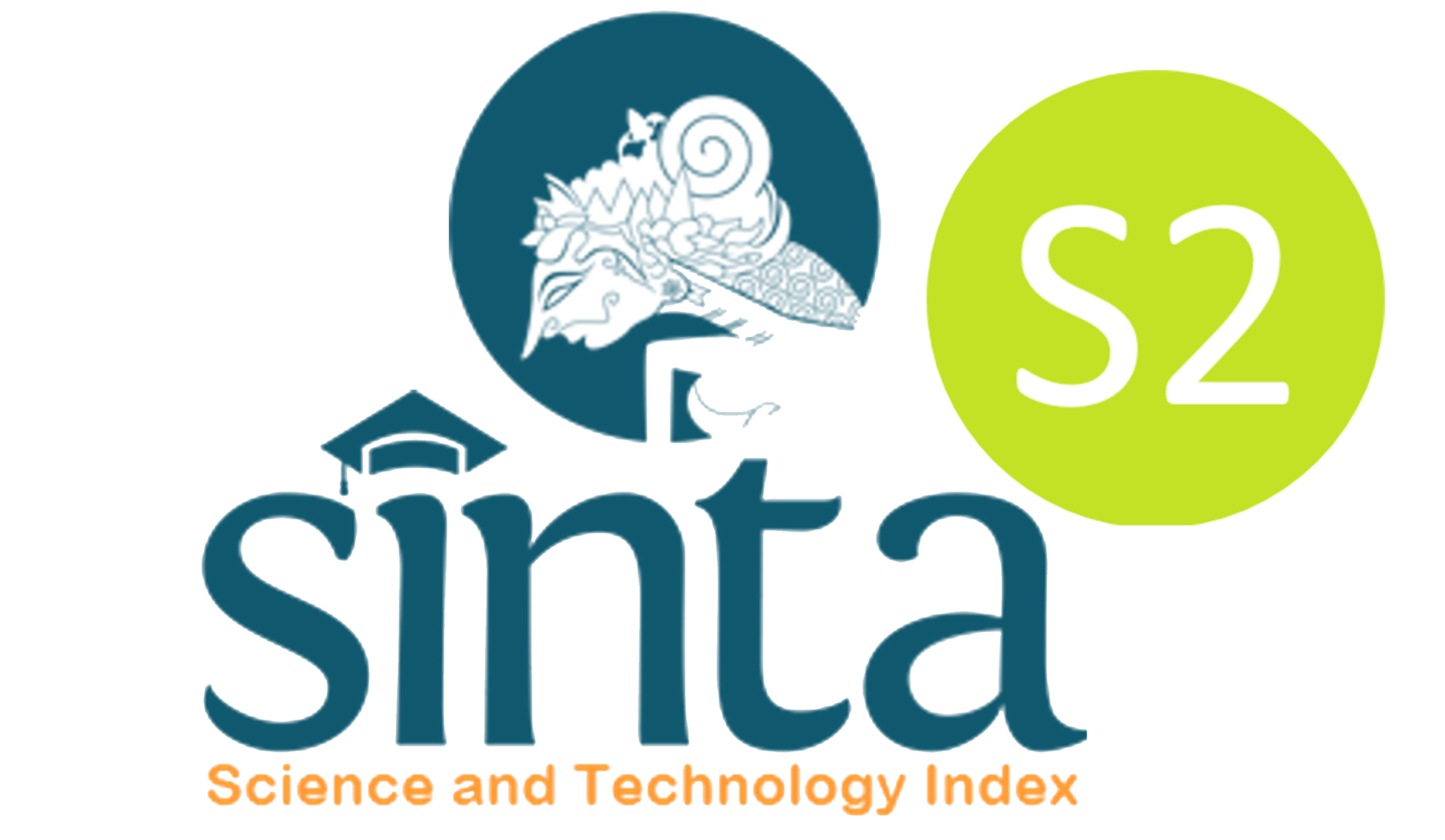MobileNet V2 Implementation in Skin Cancer Detection
Windha Mega Pradnya Dhuhita(1); Muhammad Yahya Ubaid(2); Anna Baita(3*);
(1) Universitas Amikom Yogyakarta
(2) Universitas Amikom Yogyakarta
(3) Universitas Amikom Yogyakarta
(*) Corresponding Author
AbstractSkin cancer is one of the most worrying diseases for humans. In Indonesia alone, skin cancer occupies the third position after cervical cancer and breast cancer. Currently, doctors still use the biopsy method to diagnose skin cancer. It is less effective because this method requires the performance of an experienced doctor, takes a long time, and is a painful process. Because of that, we need a way in which skin cancer can be classified using dermoscopic images to help doctors diagnose skin cancer earlier. Researchers proposed to classify skin cancer into seven classes, namely actinic keratoses, basal cell carcinoma, benign keratosis-like lesions, dermatofibroma, melanoma, melanocytic nevus, and vascular lesions. The method used in this study is a convolutional neural network (CNN) with the MobileNet V2 architecture. The dataset used is the HAM10000 dataset, with a total of 10015 images. In this study, a comparison was made between data augmentation, learning rate, epochs, and different amounts of data. Based on the test results, the highest accuracy results were obtained, namely 79%. The best model is implemented into a mobile application. KeywordsClassification; Convolutional Neural Network; Deep Learning; Skin Cancer.
|
Full Text:PDF |
Article MetricsAbstract view: 450 timesPDF view: 174 times |
Digital Object Identifier https://doi.org/10.33096/ilkom.v15i3.1702.498-506 https://doi.org/10.33096/ilkom.v15i3.1702.498-506
|
Cite |
References
WHO, “Ultraviolet Radiation,” WHO. Accessed: Oct. 23, 2023. [Online]. Available: https://www.who.int/news-room/fact-sheets/detail/ultraviolet-radiation.
S. Kumari, P. K. Choudhary, R. Shukla, A. Sahebkar, and P. Kesharwani, “Recent advances in nanotechnology based combination drug therapy for skin cancer,” J Biomater Sci Polym Ed, vol. 33, no. 11, pp. 1435–1468, Jul. 2022, doi: 0.1080/09205063.2022.2054399.
S. A. Hamouda, N. K. Alshawish, Y. K. Abdalla, and M. K. Ibrahim, “Ultraviolet Radiation: Health Risks and Benefits,” Saudi Journal of Engineering and Technology, vol. 7, no. 10, pp. 533–541, Nov. 2022, doi: 10.36348/sjet.2022.v07i10.001.
M. Zambrano-Román, J. R. Padilla-Gutiérrez, Y. Valle, J. F. Muñoz-Valle, and E. Valdés-Alvarado, “Non-Melanoma Skin Cancer: A Genetic Update and Future Perspectives,” Cancers, vol. 14, no. 10. MDPI, May 02, 2022. doi: 10.3390/cancers14102371.
H. Bahrami and M. Tafrihi, “Global trends of cancer: The role of diet, lifestyle, and environmental factors,” Cancer Innovation, vol. 2, no. 4. John Wiley and Sons Inc, pp. 290–301, Aug. 01, 2023. doi: 10.1002/cai2.76.
X. Chen et al., “Gene Expression Profile Analysis of Human Epidermal Keratinocytes Expressing Human Papillomavirus Type 8 E7,” Pathology and Oncology Research, vol. 28, May 2022, doi: 10.3389/pore.2022.1610176.
J. Pardede and D. A. L. Putra, “Implementasi DenseNet Untuk Mengidentifikasi Kanker Kulit Melanoma,” Jurnal Teknik Informatika dan Sistem Informasi, vol. 6, no. 3, Dec. 2020, doi: 10.28932/jutisi.v6i3.2814.
J. Li et al., “Biopsy-free in vivo virtual histology of skin using deep learning,” Light Sci Appl, vol. 10, no. 1, Dec. 2021, doi: 10.1038/s41377-021-00674-8.
A. Dascalu and E. O. David, “Skin cancer detection by deep learning and sound analysis algorithms: A prospective clinical study of an elementary dermoscope,” EBioMedicine, vol. 43, pp. 107–113, May 2019, doi: 10.1016/j.ebiom.2019.04.055.
S. Dong, P. Wang, and K. Abbas, “A survey on deep learning and its applications,” Computer Science Review, vol. 40. Elsevier Ireland Ltd, May 01, 2021. doi: 10.1016/j.cosrev.2021.100379.
C. Janiesch, P. Zschech, and K. Heinrich, “Machine learning and deep learning,” Electronic Markets, vol. 31, no. 3, pp. 685–695, Sep. 2021, doi: 10.1007/s12525-021-00475-2.
N. Hikmatia and M. I. Zul, “Aplikasi Penerjemah Bahasa Isyarat Indonesia menjadi Suara berbasis Android menggunakan Tensorflow,” Jurnal Komputer Terapan, vol. 7, no. 1, 2021, [Online]. Available: https://jurnal.pcr.ac.id/index.php/jkt/.
Luqman Hakim, Z. Sari, and H. Handhajani, “Klasifikasi Citra Pigmen Kanker Kulit Menggunakan Convolutional Neural Network,” Jurnal RESTI (Rekayasa Sistem dan Teknologi Informasi), vol. 5, no. 2, pp. 379–385, Apr. 2021, doi: 10.29207/resti.v5i2.3001.
T. R. Savera, W. H. Suryawan, and A. W. Setiawan, “Deteksi Dini Kanker Kulit Menggunakan K-Nn Dan Convolutional Neural Network,” Jurnal Teknologi Informasi dan Ilmu Komputer (JTIIK), vol. 7, no. 2, pp. 373–378, 2020, doi: 10.25126/jtiik.202072602.
Y. Filali, H. El Khoukhi, M. A. Sabri, and A. Aarab, “Analysis and Classification of Skin Cancer Based on Deep Learning Approach,” in 2022 International Conference on Intelligent Systems and Computer Vision, ISCV 2022, Institute of Electrical and Electronics Engineers Inc., 2022. doi: 10.1109/ISCV54655.2022.9806087.
C. A. Hartanto and A. Wibowo, “Development of Mobile Skin Cancer Detection using Faster R-CNN and MobileNet v2 Model,” in 7th International Conference on Information Technology, Computer, and Electrical Engineering, ICITACEE 2020 - Proceedings, Institute of Electrical and Electronics Engineers Inc., Sep. 2020, pp. 58–63. doi: 10.1109/ICITACEE50144.2020.9239197.
N. Rochmawati et al., “Analisa Learning rate dan Batch size Pada Klasifikasi Covid Menggunakan Deep learning dengan Optimizer Adam,” Journal Information Engineering and Educational Technology (JIEET)), vol. 5, no. 2, 2021.
J. Li, “Skin Cancer Classification Based on Convolutional Neural Network,” in Proceedings - 2021 2nd International Conference on Artificial Intelligence and Computer Engineering, ICAICE 2021, Institute of Electrical and Electronics Engineers Inc., 2021, pp. 532–540. doi: 10.1109/ICAICE54393.2021.00108.
S. Singh and J. J. Zhao, “A deep skin cancer classification approach using image and structured information,” in Proceedings - 2022 IEEE/WIC/ACM International Joint Conference on Web Intelligence and Intelligent Agent Technology, WI-IAT 2022, Institute of Electrical and Electronics Engineers Inc., 2022, pp. 930–933. doi: 10.1109/WI-IAT55865.2022.00150.
A. Aldwgeri and N. F. Abubacker, “Ensemble of deep convolutional neural network for skin lesion classification in dermoscopy images,” in Lecture Notes in Computer Science (including subseries Lecture Notes in Artificial Intelligence and Lecture Notes in Bioinformatics), Springer, 2019, pp. 214–226. doi: 10.1007/978-3-030-34032-2_20.
U. Blazhko, V. Shapaval, V. Kovalev, and A. Kohler, “Comparison of augmentation and pre-processing for deep learning and chemometric classification of infrared spectra,” Chemometrics and Intelligent Laboratory Systems, vol. 215, Aug. 2021, doi: 10.1016/j.chemolab.2021.104367.
M. Sandler, A. Howard, M. Zhu, A. Zhmoginov, and L. C. Chen, “MobileNetV2: Inverted Residuals and Linear Bottlenecks,” in Proceedings of the IEEE Computer Society Conference on Computer Vision and Pattern Recognition, IEEE Computer Society, Dec. 2018, pp. 4510–4520. doi: 10.1109/CVPR.2018.00474.
C. Garbin, X. Zhu, and O. Marques, “Dropout vs. batch normalization: an empirical study of their impact to deep learning,” Multimed Tools Appl, vol. 79, no. 19–20, pp. 12777–12815, May 2020, doi: 10.1007/s11042-019-08453-9.
S. Sharma, S. Sharma, and A. Athaiya, “Activation Functions In Neural Networks,” 2020. [Online]. Available: http://www.ijeast.com.
K. K. Chandriah and R. V. Naraganahalli, “RNN / LSTM with modified Adam optimizer in deep learning approach for automobile spare parts demand forecasting,” Multimed Tools Appl, vol. 80, no. 17, pp. 26145–26159, Jul. 2021, doi: 10.1007/s11042-021-10913-0.
Refbacks
- There are currently no refbacks.
Copyright (c) 2023 Windha Mega Pradnya Dhuhita, Muhammad Yahya Ubaid, Anna Baita

This work is licensed under a Creative Commons Attribution-ShareAlike 4.0 International License.










